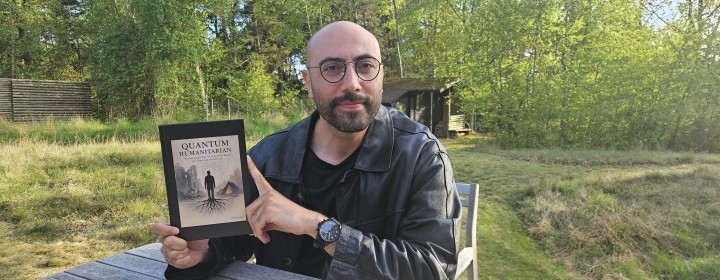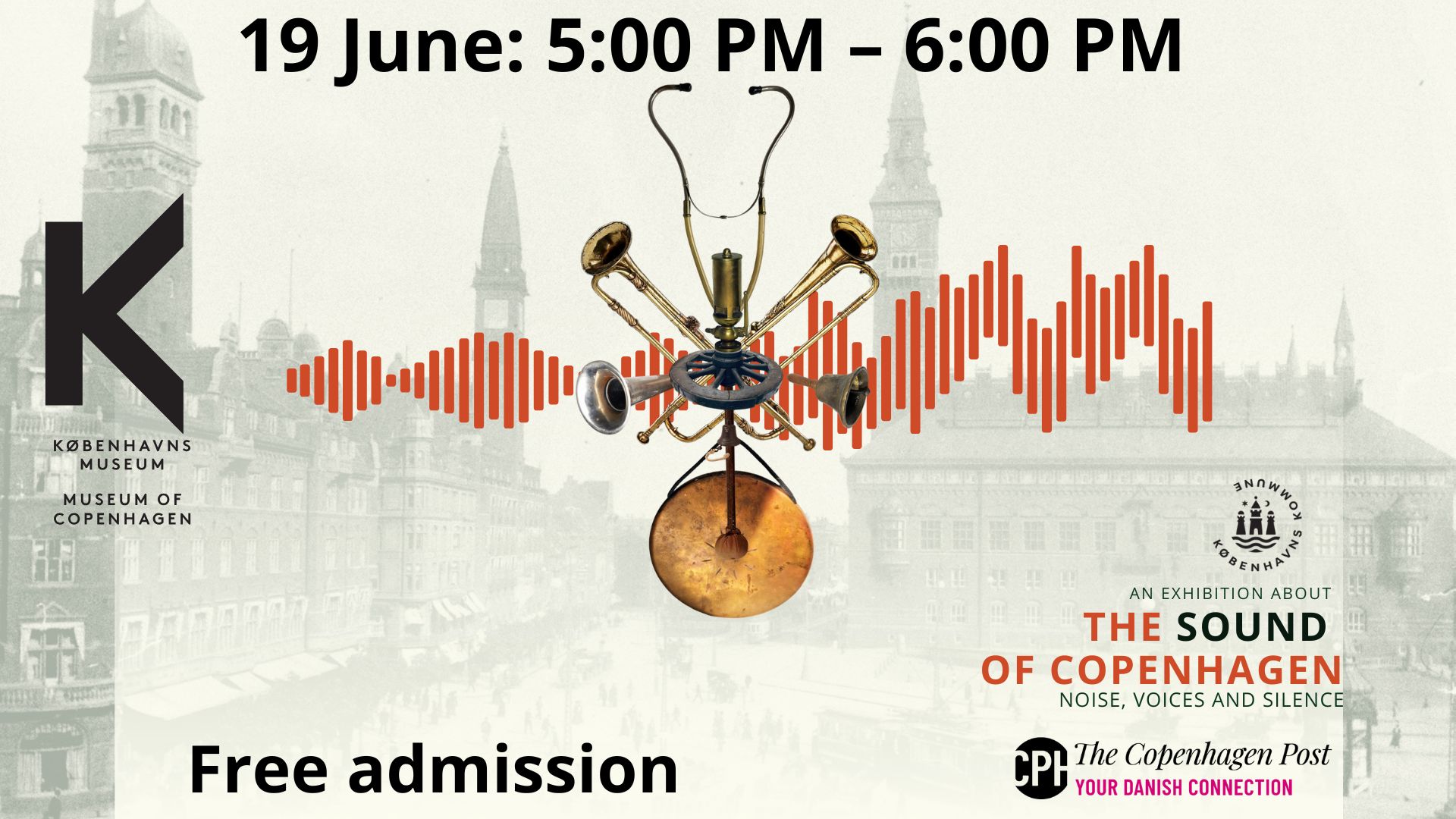Scandinavian visitors to the famous Hagia Sophia mosque in Istanbul are always amused, if not a little proud, to learn that one of the most valued artefacts is a piece of graffiti left by one of their ancestors.
In the 10th century, when the city was known as Constantinople, Halvdan and Are carved their names into a stone ledge in the mosque … and into immortality.
Certainly the Vikings were known for visiting Constantinople back then, and other sources mention that the resident Byzantium emperor employed some as his bodyguards.
Unique for Denmark!
Well, now a discovery in a west Jutland field has historians speculating whether the bodyguards might have returned home laden with treasures.
A gold ear-ring, which experts believe was originally crafted in Egypt, was recently uncovered by metal detector hobbyist Frants Bird Vestergaard in Bøvling near Lemvig.
According to Peter Pentz from Nationalmuseet, there are only 10-12 similar pieces in existence, and certainly none in a country like Denmark.
Possibly a gift …
Pentz speculates that the ear-ring might have been a gift given by the Byzantium emperor to his Danish Viking bodyguard, or possibly brought back by a returning Christian pilgrim.
Pentz is pretty sure the ear-ring was made in Cairo. “Other similar crescent-shaped earrings we have in museum collections come from there,” he told DR.
The ear-ring would have also been commonly worn on a headband – by both men and women.
So, it could have belonged to Halvdan or Are! Stranger things have happened!











